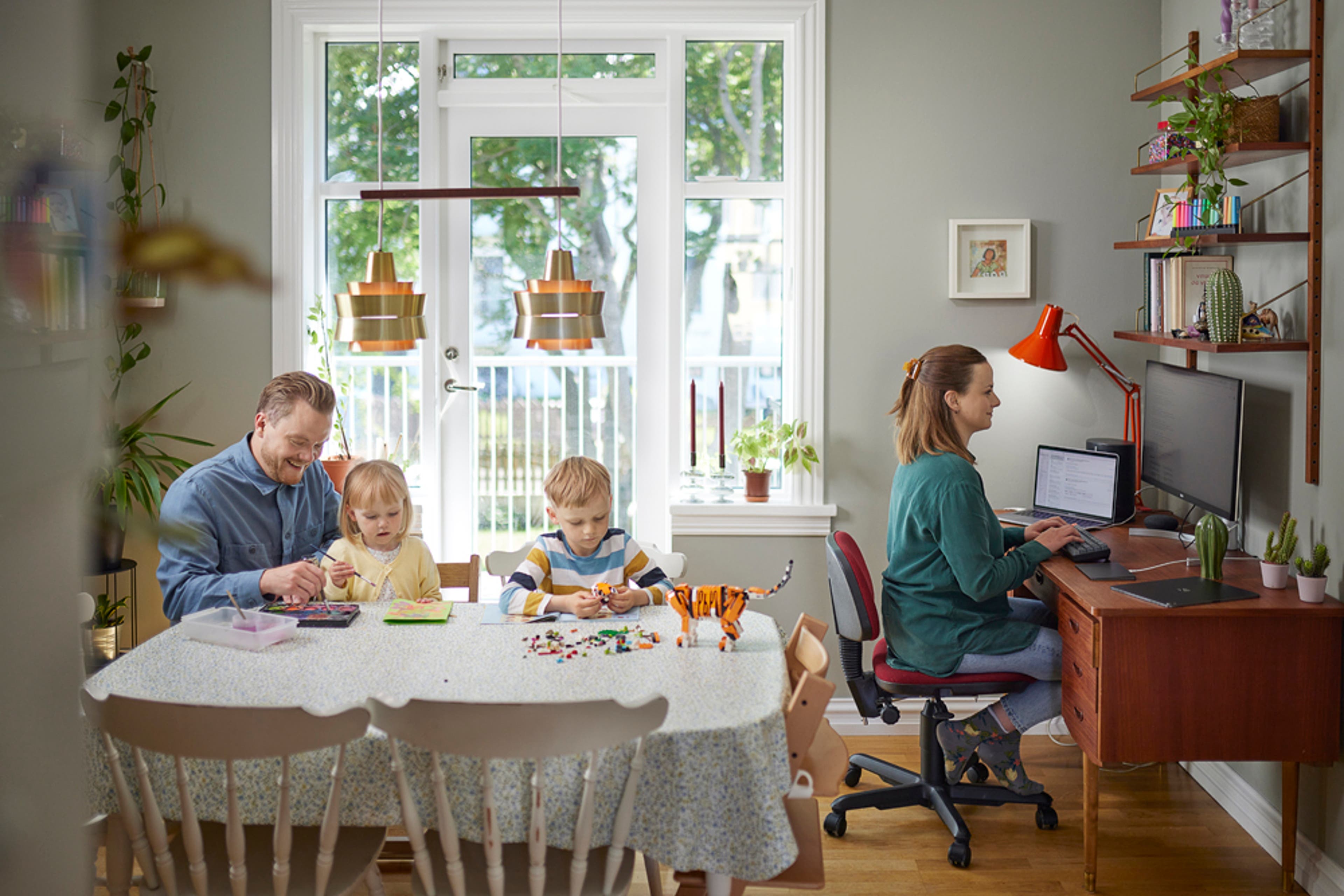Tips on electricity
Electricity can be dangerous to handle and it's important to do it right.

Lighting
When it starts to get dark it is necessary to consider the indoor and outdoor lighting. There are vast differences in the lighting needed and varies between a living room, a computer room or bath room.
When it starts to get dark it is necessary to consider both indoor and outdoor lighting in homes and businesses. It is important to pay close attention to lighting design as it affects our well-being and provides security. There are vast differences in what kind of lighting is needed and it is not the same in a living room, computer room or bath room. It is therefore important to look carefully where to use a light and why. Also keep in mind that the need for light increases with age. Various types of light sensors are available, like sensors that turn on outdoor lighting when it gets dark and off at dawn. There are also motion sensors available that turn on the lights when motion is detected, this may also be used as a security alarm.
- Light up your artwork and bookshelves
- Use motion sensors if the light is supposed to be on for a short time
- Be careful not to have a lamp near curtains or other combustible materials and never put blankets over a lamp
- Dirt on lamps can reduce the brightness by up to a third
- Lighting at an entrance provides security and can be an inexpensive security alarm
A large part of the electricity consumption of households is due to lighting. With the advent of energy saving- and LED light bulbs, the power consumption has declined considerably.
But how to calculate the cost of lighting? Here is a small example:
Suppose we have a energy-saving lamp that is 10 W (watts) = 0.01 kW (kilowatt). That means it needs 0.01 per kWh of electricity to let the lamp burn for one hour. The cost per kilowatt-hour is approximately 14 KR so that each hour costs 0.14 KR. If the lamp is lit for at least 7 hours a day, the day costs 1 KR.